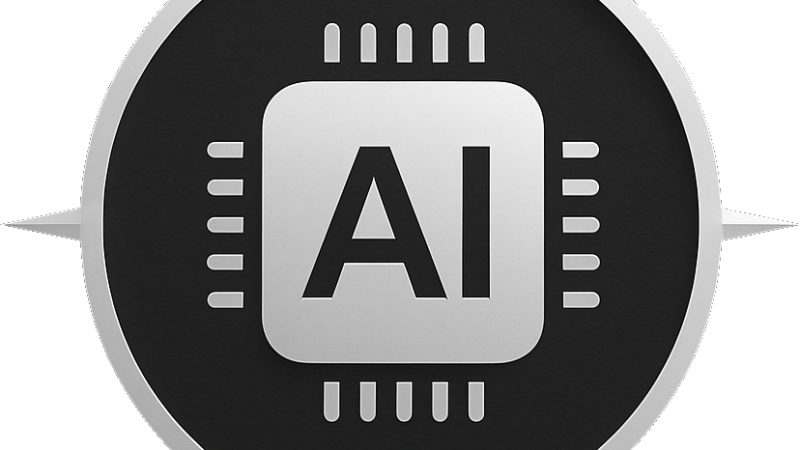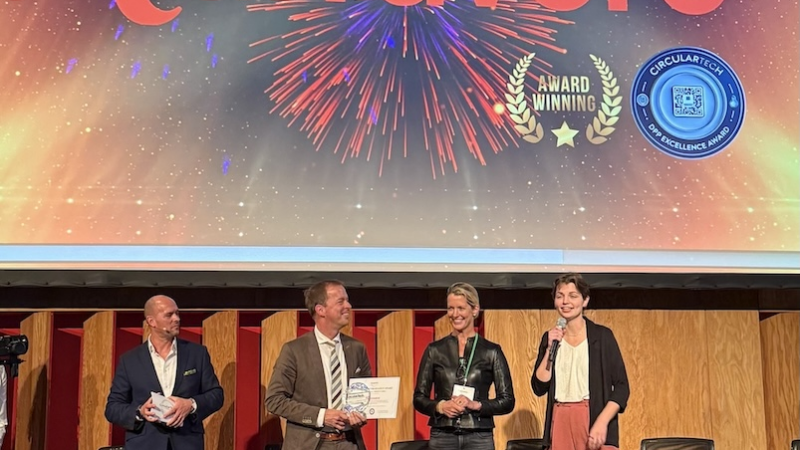Popular Consumer Services Rank 103% Better than Workplace Services
LAS VEGAS – KNOWLEDGE16 — May 17, 2016 – ServiceNo ServiceNow (http://www.servicenow.com/)w (NYSE: NOW), the enterprise cloud company, today unveiled the „Service Experience Index“ highlighting a dramatic gap between the services we seek out in our personal lives and those we tolerate at work. Despite significant technological advances that allow for delightful customer-facing experiences like those from Uber, Amazon and Airbnb, most companies are not integrating those capabilities into employee-facing services. That means most people enjoy the tech perks of 2016 at home but head back to 1996 for work.
ServiceNow details this gap in a new report released today, “ Today“s State of Work: The Service Experience Gap.“ (http://www.servicenow.com/lpwhp/state-of-work-2016.html) The company surveyed more than 2,400 managers in six countries to rate their experiences with common consumer services as well as typical enterprise services on eight criteria. Those criteria* included how easy services are to request, how fast they are delivered, whether they can be accessed via mobile device, whether delivery expectations are set and whether status alerts are provided.
In analyzing the results of the survey, ServiceNow developed „The Service Experience Index“ to quantify how delightful services are (or aren“t) at work and beyond. The results validate the frustrations most employees feel when they go to work each day and point to a number of causes for the gap that exists.
1) Popular consumer services ranked 103% better on „The Service Experience Index“ compared to workplace services. While there is still room for improvement, consumer services have the richest customer-facing experiences when compared to typical workplace services such as opening a purchase order, requesting help from another department, ordering equipment, or tracking down information. Consumer services outpaced those at work in terms of ease of use, notifications, and speed of delivery. Workplace services fell behind in every category. On a scale of 0-100, consumer services scored an average of 63 on the Service Experience Index, while work services scored an anemic average of 31.
„Most companies have a maniacal focus on the experiences of their customers, pulling out all the stops to build both satisfaction and loyalty,“ said Dave Wright, chief strategy officer, ServiceNow. „But they aren“t using those same principles for their internal-facing experiences. They realize that it is very easy for a customer to take their business elsewhere, but that isn“t the case inside the organization. If employees don“t like working with the HR department, they can“t switch to another HR department – they are stuck.“
2) The Service Experience gap is driven by outdated technologies that sap productivity.
At work, managers are 5 times more likely to use email and 5 times less likely to use a mobile app than for consumer services.
-Only 28% of managers use the web or a mobile app to request workplace services, versus 84% for consumer services.
-Only 5% of managers tap mobile apps for workplace services.
-69% of managers say that manual workplace services leave them less time for strategic initiatives, lower their productivity or cause them stress.
-79% say that monitoring email interferes with completing tasks, as they spend an average of 4 hours a day (3 at work and 1 at home) processing work emails.
„Consumers live in a Web and mobile world where machine logic does the heavy lifting, speeding their requests and sending alerts on status or when people need to act,“ said Wright. „At work, firms expect employees to manually push the services forward with email, wasting extra cycles on chasing work status and searching inboxes. Email itself is not the enemy. It“s a symptom of a broken process that waylays corporate productivity.“
3) Those companies with mostly manual services lag even farther behind.
-37% of the companies surveyed said they use mostly manual services with email, phone, and meetings to get work done.
-The Service Experience Index for companies with mostly manual services was only 25, 60% lower than the consumer Service Experience Index.
-Only 19% said that these manual services are delivered quickly, compared to 65% for consumer services.
-Only 43% of managers say that these manual services are easy to use, compared to 79% for consumer services.
4) Automation drove a 50% improvement in the workplace Service Experience Index, but mostly automated workplace services still contain a lot of manual work.
-Injecting automation in workplace services starts to diminish the consumer services gap.
-The Service Experience Index for companies with mostly automated workplace services increased to 37, but still 41% lower than that of consumer services.
-When a service is automated, 40% more managers say it is easy to request, and nearly 60% more say the service is delivered quickly.
-However, even the most automated of those workplace services still contain a high level of analog process:
-89% say that they often or sometimes use email to find out the status of their service request status – far from the typical consumer experience.
-Only 32% managers say that they receive notifications of estimated delivery times, compared to 66% for consumer services.
„If companies don“t transform the process behind the workplace service, it“s like buying a shiny, new car and hitching up a team of horses in front,“ said Wright. „Automation can only go so far with a shoddy process. Just as consumer services companies have purpose-built their services, so must the workplace.“
5)Industry-specific data points to future service improvement opportunities
-Financial services respondents were more likely to have automated processes (41% v. 32% of all top industries), however 30% of financial services firms say their workplace services are still mostly manual.
-Government and public sector respondents had the highest percentage of mostly manual services with 43%.
-The tech industry was most likely to use mobile apps to order workplace services (16% v. 5%) and least likely to use email to request services (35% v. 47%).
This gap can be closed. Companies can close the gap between consumer service experiences and the workplace by focusing on streamlining the process, injecting automation and creating a frontend that delights the user. Here“s an outline of the steps they can take:
1.Identify work tasks that require coordination among employees or across departments.
2.Outline the coordination process and then define what it should be.
3.Design an intuitive, frictionless interface for employees.
4.Tap into consumer-like techniques such as portals, workflows and catalogs.
5.Track and analyze the services.
By adopting service management software and practices, organizations can transform the employee experience, making it as easy and enjoyable to get work done at the office as it is at home
Firms can look to early adopters who have shown that this path increases corporate productivity. See this IDC study (https://www.servicenow.com/content/dam/servicenow/documents/whitepapers/wp-delivering-enterprise-value-with-service-management.pdf.). For more information, please visit our site (http://www.servicenow.com/solutions/service-management.html).
Survey Methodology
-ServiceNow commissioned Lawless Research to design and conduct a study about the state of work in companies with 500 or more employees.
-The 10-minute survey was fielded between March 25 and April 4, 2016 in Australia, France, Germany, Singapore, the US and the UK.
-2,400 managers who supervise at least one employee and use interdepartmental services completed the survey.
-Research Now, an independent market research company, hosted the online survey and provided respondents from their panel.
-The margin of error for the study is 2.0 percentage points at the 95% level of confidence. Tests of significant difference were conducted at the .01 level (99% probability that the difference is real, not by chance).
Additional Resources
-For more information on issues around using email to run workplace services, see last year“s survey, „Today“s State of Work: The Productivity Drain.“ (http://www.servicenow.com/lpwhp/state-of-work-survey.html)
*Here is the list of eight criteria comprising the Service Experience Index, whether:
1.Services are easy to request or order
2.The entire process of the services from request to delivery is fast
3.The services can be accessed via mobile device to check the status or request
4.It“s quick to find what services or products are available
5.Alerts on status of the request are provided
6.Alerts on estimated delivery times are provided
7.It“s easy to compare services with others available
8.Recommendations are provided based on previous selections
ServiceNow ist ein führender Anbieter von Cloud-basierten Services zur Automatisierung von IT-Prozessen in Unternehmen. ServiceNow optimiert deren IT durch die Automatisierung und Standardisierung von Geschäftsprozessen und konsolidiert die IT in weltweit tätigen Unternehmen. Organisationen setzen unsere Services ein, um ein einheitliches System für die Unternehmens-IT zu erhalten, die laufenden Kosten zu senken und die Effizienz zu erhöhen. Zusätzlich nutzen Kunden die erweiterungsfähige Plattform von ServiceNow, um individuelle Anwendungen zur Automatisierung ihrer Geschäftsprozesse zu entwickeln. Für weitere Informationen besuchen Sie bitte: www.servicenow.com.
Firmenkontakt
ServiceNow
Samuel Hall
Cheapside 150
EC2V 6ET London
+44 (0) 1784 222 705
samuel.hall@servicenow.com
http://www.servicenow.com
Pressekontakt
HBI Helga Bailey GmbH
Maria Dudusova
Stefan-George-Ring 2
81929 München
089 / 99 38 87 38
maria_dudusova@hbi.de






